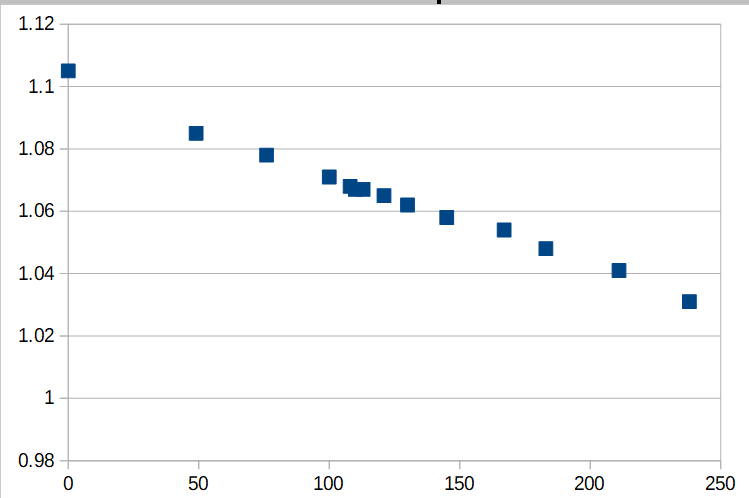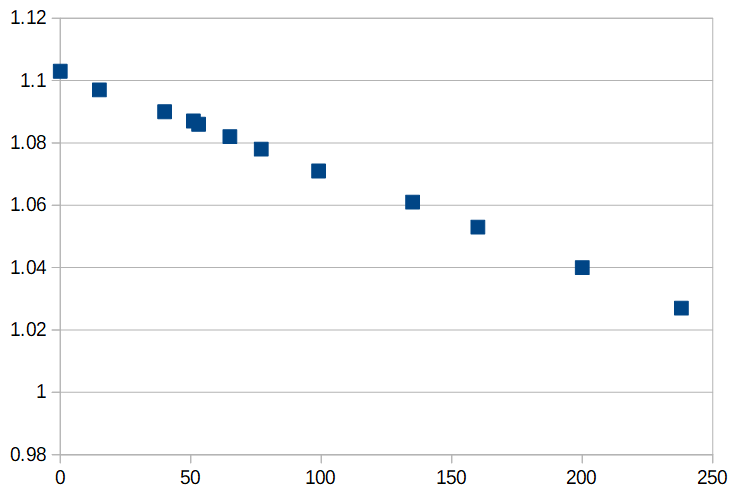Today I started a new traditional mead using 71B in a 1 gallon jar. I have instrumented it with a TILT wireless hydrometer so that we can finally compare SG readings to weight lost and see how good our calculations have been. I weighed the honey that went into it to the nearest gram, and I weighed the entire jar, TILT included, to get a starting weight measurement. OG, as reported by TILT, is right on the money at 1.105 SG. I have two rounds of nutrient additions at the first and second sugar break that have yet to be done, so I'll measure the impact of those on weight also. I'll keep track of the weight measurements when I perform them and time and date stamp them so that they can later be compared with the TILT's SG measurements at the same time. At some point I'll post the data so that everyone can make their own comparisons if they want to and draw their own conclusions about how accurate (or not) this weighing method actually is.
 @renrutle
@renrutle: where is Magnolia located? When I click on your locator, it gives a BestBuy store in Austin, Texas.

























































![Craft A Brew - Safale BE-256 Yeast - Fermentis - Belgian Ale Dry Yeast - For Belgian & Strong Ales - Ingredients for Home Brewing - Beer Making Supplies - [3 Pack]](https://m.media-amazon.com/images/I/51bcKEwQmWL._SL500_.jpg)



 That said, I hope you find a better formula than me.
That said, I hope you find a better formula than me.